Polysaccharides
Definition of Polysaccharides: Polysaccharides are huge carbohydrate molecules which is made up of multiple number of monosaccharide with the help of glycosidic bond. They can be branched or unbranched. Examples of polysaccharides glycogen, starch etc.
Types of Polysaccharides:
According to the role of polysaccharides, it can be of three types-
1. Storage polysaccharides - These type of polysaccharides act as food storage for further use. They are of different types-
Glycogen- It is the polysaccharides which is found in liver and muscle. Carbohydrates are stored as glycogen in animals. It is also called animal starch. There are 40,000 glucose molecules attached with each other in glycogen and molecular weight is 4.8 million. Monosaccharides are arranged in a row by 1-4 alpha glycosidic linkage and branching are observed where 1-6glycosidic linkage is present.
Starch- Starch are polyglucan homopolysaccharides that act as the end product of the photosynthesis. It is the form in which extra glucose remain stored in the chloroplasts or leucoplast. When food and energy is required it is dissociated and supplied to different parts of the plant. It is made up of amylose and amylopectin and are of two types-
Inulin- These type of polysaccharides stored in the roots or bulb of Dahlia. These polysaccharides are not digested by our body.
2. Structural Polysaccharides: These type of polysaccharides act as the structural components of the plant or animals.
Chitin- These are made up of heteropolysaccharides and are second abundant polysaccharides in animals. It is found to form the outer covering of fungi and the arthropods. These provide strength and elasticity. It becomes hard when there is precipitation of calcium carbonate. Different monomers are arranged in a line with the bonding of 1-4beta glycosidic linkage.
Cellulose- It is the most abundant polysaccharides found in the plant. It is one of the major components of cell wall. Here glucose molecules are arranged in 1-4beta glycosidic bond. It provides almost 90%
3. Mucosubstances: These are the substances which act as components for the formation of slimy substances. They are generally made up of carbohydrates and protein. They are called glycoprotein.
Functions of polysaccharides:
1. Acts as storage- Different types of polysaccharides are there in plants and in animals which act as source of energy and storage of food . Examples of this type of polysaccharides are starch which keep extra glucose in plants for their future use when there will be no production of glucose.
2. Responsible for different structures of the molecules: These type of polysaccharides play role in the formation of the skeleton of animals or the tensile fibres of the plant. Examples are cellulose acts as the fibre of plant which homopolysaccharides.
3. Act as source of different molecules: Polysaccharides like cellulose act as source of different fibres.
4. Provide source of energy: In human beings we all know that carbohydrates provide instant energy to the body. Excess glucose stored as glycogen in liver and muscle. During the muscular activities or physiological activities this glycogen provide energy to the body.
5. Dietary food: Different polysaccharides act as dietary food for animals, human etc.
From Polysaccharides to HOME PAGE
Recent Articles
-
What Is Plasma? | Blood Plasma | Proteins | Nutrients | Cholesterol
Nov 07, 25 10:29 AM
Blood is a mobile fluid which is a connective tissue and is derived from the mesoderm like cell any other connective tissue. Colour of blood is reddish and that flows inside the blood vessels by means… -
Disorders of Respiratory System | Tuberculosis | Pleurisy | Emphysema
Oct 28, 25 11:39 PM
Tuberculosis is very common disease and is caused by a type of bacteria called Mycobacterium tuberculosis. This disease causes different trouble in the respiration and infection of several parts of th… -
Regulation of Respiration | Respiratory Centres | Inspiratory Area |
Oct 14, 25 12:13 AM
Respiratory Centre is the area that controls the rate of respiration and it is observed to be located in medulla oblongata and pons. Respiratory Centre has the following will dispersed components like… -
Explain Transport of Gases | External Respiration | Tissue Respiration
Oct 09, 25 11:35 PM
In humans gaseous exchange is completed in the following ways the steps are - External Respiration or Breathing - Breathing in false taking in of Oxygen and giving out of carbon dioxide in the body. M… -
Kind and Number of Teeth | Location of Teeth in Mouth | Care of Teeth
Sep 11, 25 12:52 AM
Kind and Number of Teeth
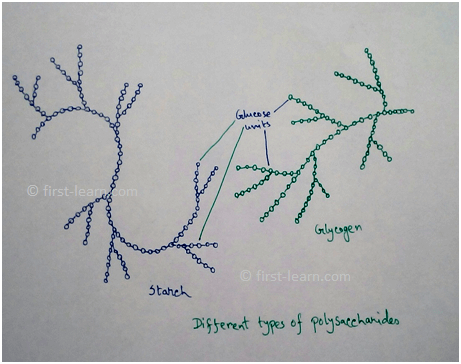
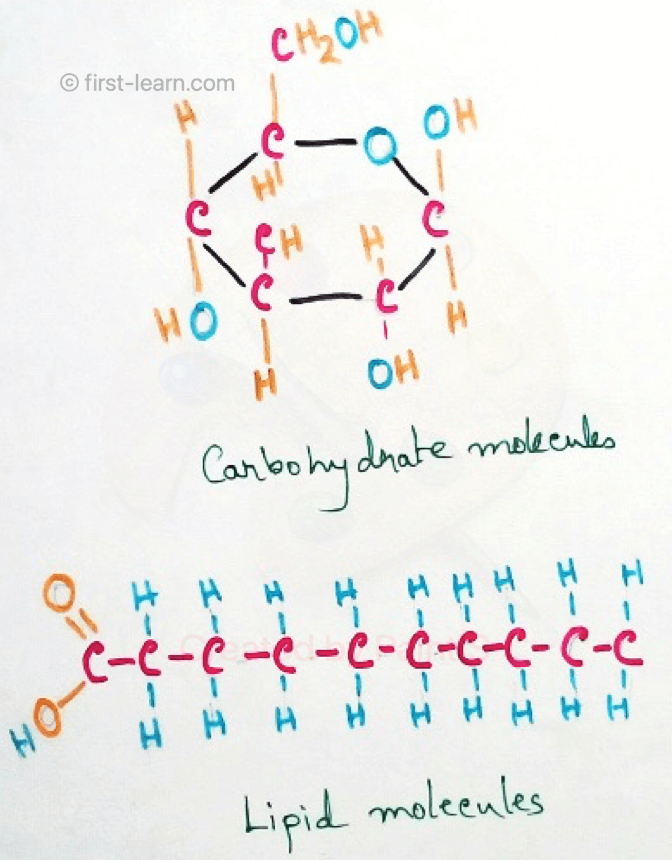

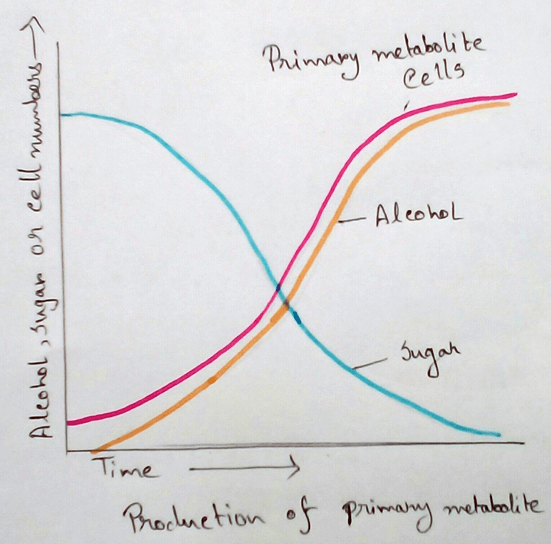

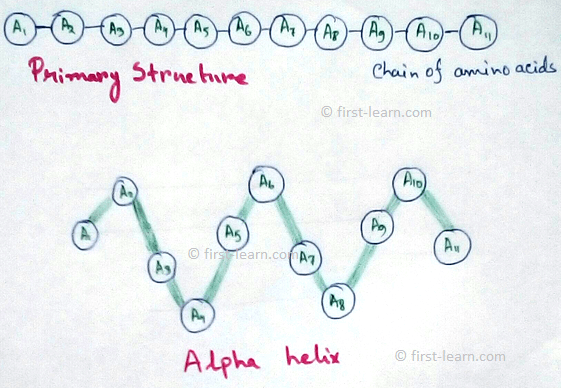
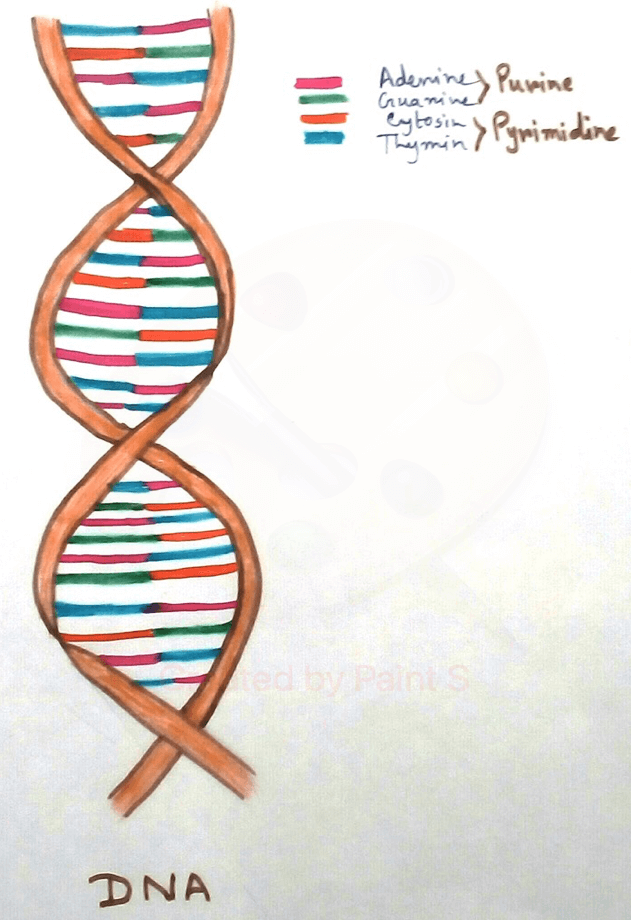
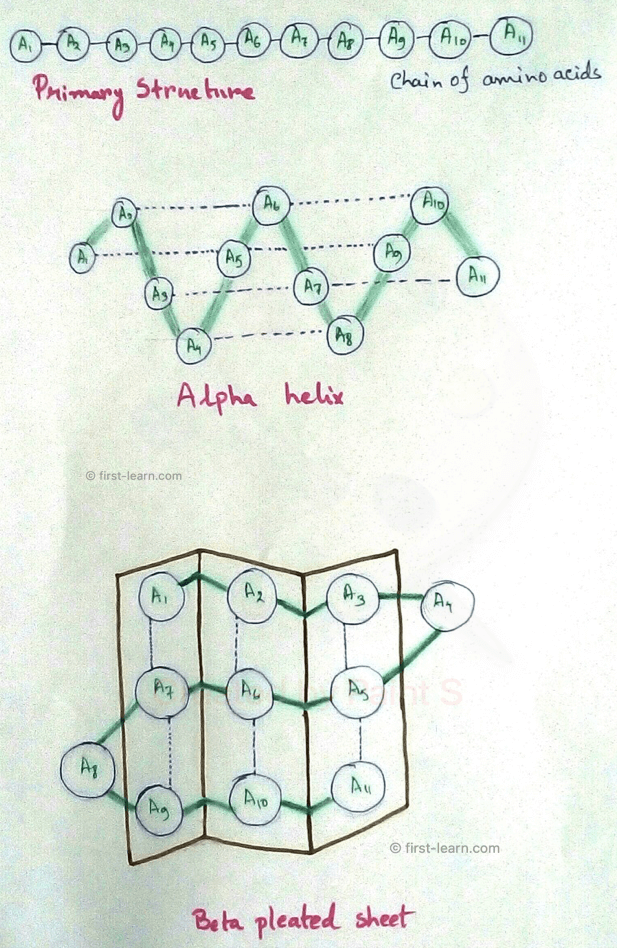
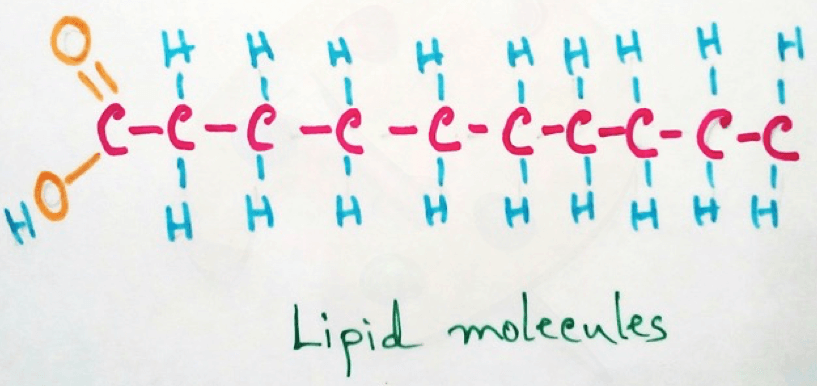





New! Comments
Have your say about what you just read! Leave me a comment in the box below.